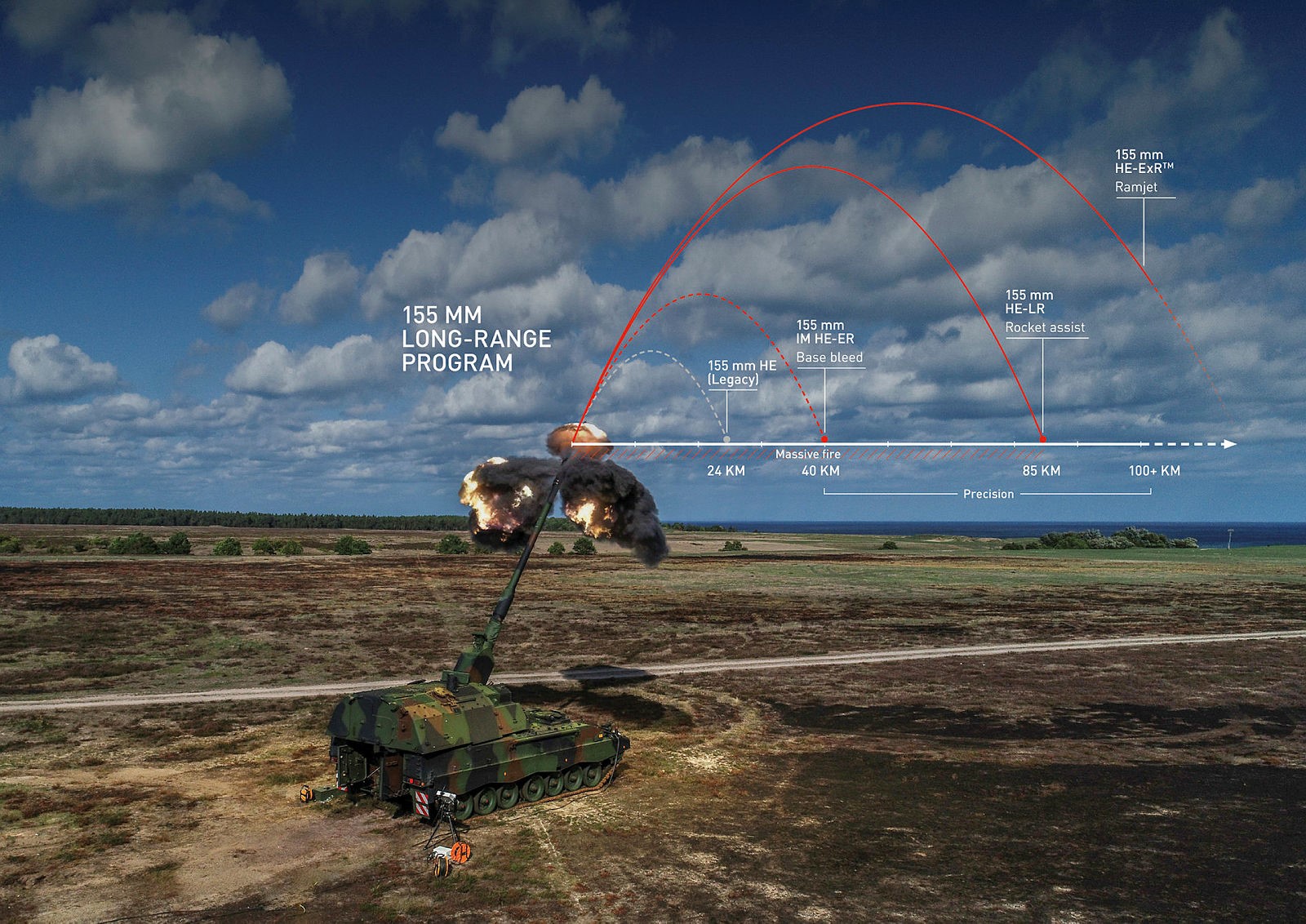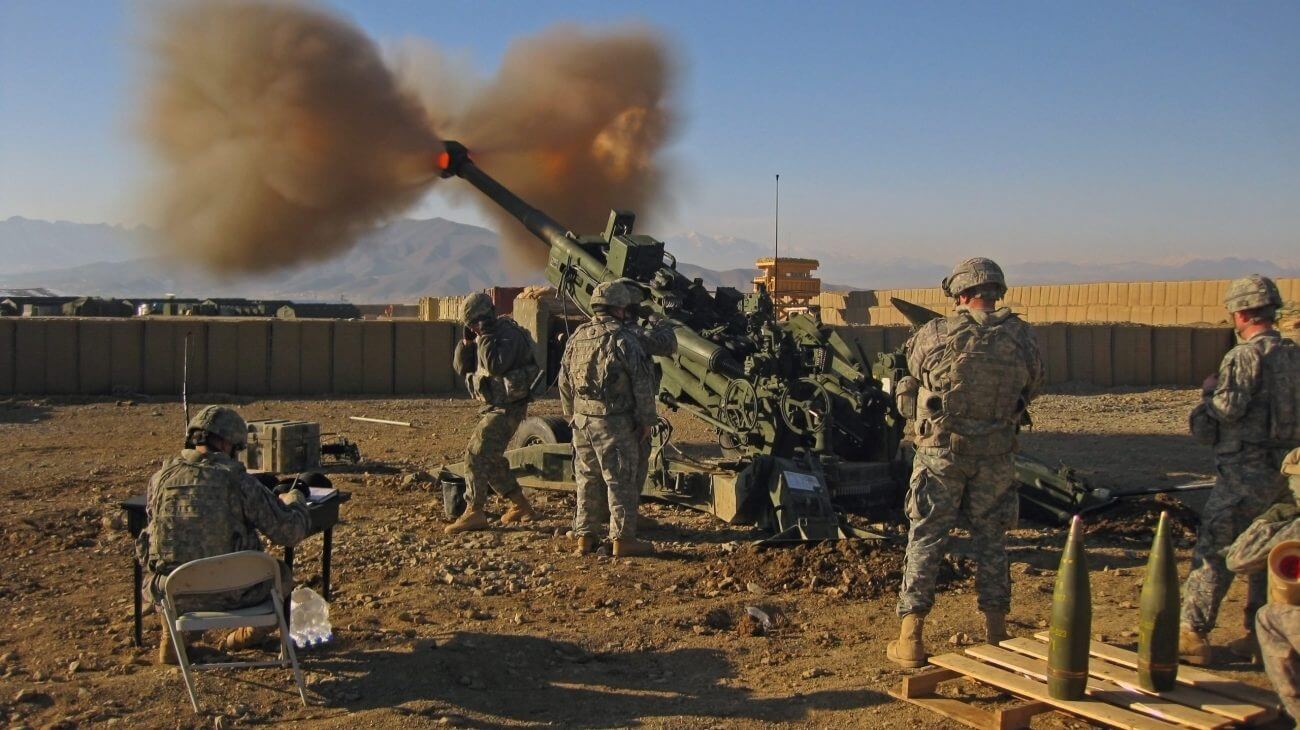The air-breathing artillery projectile developed by Boeing and the Norwegian defense company Nammo was tested recently in Norway, strengthening the US military’s efforts to increase artillery rounds’ range and potency.
After China, Russian Warplane Storms Into Air Defense Identification Zone (ADIZ); US Responds Firm & Quick
The experiment was carried out on June 28 at the Andya Test Center in Norway, and it involved firing a Boeing Ramjet 155 projectile from a cannon.
The test successfully demonstrated that the ramjet projectile could maintain stability in flight and that the ramjet engine could ignite and produce enough power to move it.
The Ramjet 155 projectile is an essential element of the Army’s XM1155 program, which is a part of the service’s Extended Range Artillery Munition Suite Technology initiative.
This program looks at cutting-edge technology to increase the range and potency of artillery rounds. According to a Boeing fact sheet, Ramjet technology aims to increase the Army’s 155mm howitzer range from 40 kilometers to more than 70 kilometers.
“We believe the Boeing Ramjet 155, with continued technology maturation and testing, can help the US Army meet its long-range precision fires modernization priorities,” said Steve Nordlund, Boeing Phantom Works vice president and general manager. “This successful test is evidence that we are making great progress.”
10 Breakthroughs! Chinese Media Outlines ‘Key Feats’ That PLA Forces Achieved To Merge Taiwan With China
Visit ‘Awesome Ukraine’ Right Now – With Sounds Of Gunfire & Views Of Destroyed Cities, War Tourism Is Growing In Devastated Country
In an interview with Breaking Defense at the Huntsville, Alabama, Space, and Missile Defense Symposium, Dan Palmeter, business development lead for Boeing Phantom Works, said, “The biggest challenge we’ve had with it is to get it stable, get it flying, get good thrust, and get good motor burn.”
The Ramjet 155 projectile, according to Boeing, is a “hybrid” between guided artillery and a missile. Palmeter stated that the successful ramjet projectile test is a significant advancement because it frees up Nammo and Boeing to concentrate on other capabilities, like range.

“Once you have the propulsion and the stability figured out, then comes the range, the guidance, and the rest of the system,” Palmeter said.
Boeing said that the ramjet projectile surviving the cannon launch was a victory because doing so in the past had been difficult. The businesses claimed that they had now finished more than 450 tests of the artillery.
The team will now focus on guided flights, which Mark Altobelli, director of Boeing Phantom Works, called the “next big milestone,” as their flight stability and propulsion performance have been confirmed following the latest test. Those flights will take place in 2023 and 2024.
The Army awarded Boeing and Nammo a contract in July 2019 to develop the Ramjet 155 projectile, and in May 2021, the company received another contract for technology development.
“We have great confidence in the ramjet concept,” Nammo Chief Executive Officer Morten Brandtzæg said in a statement. “The test — with all aspects from cannon firing to the projectile body, fins, and trajectory all functioning perfectly — represents a real technological breakthrough in artillery and a major success for Boeing, Nammo, and the US Army.”

Why Ramjets?
The US Army seeks to develop artillery shells resembling missiles in precision guidance, fins, and even ramjet engines. The objective is to give the currently outclassed and outranged US artillery force a chance to match up with more sophisticated Russian and Chinese weapons.
The primary distinction is that while rockets have their internal oxidizer, all jets, from ramjets to turbofans, rely on atmospheric oxygen to burn fuel. That is why it is called an “air-breathing engine.”
By eliminating the need to transport oxidizer, you can reduce weight, increase safety by preventing fuel from quickly igniting, and increase range by allowing the jet to continue thrusting for as long as it has fuel and air.
The US is also using this technology in its efforts to develop Hypersonic weapons. For Instance, the US Air Force is developing an offensive system that will fly at hypersonic speeds called the Hypersonic Air-breathing Weapon Concept (HAWC).
In July 2022, the US successfully tested an air-breathing, hypersonic weapon, HAWC, with a top speed of more than five times the speed of sound.
As EurAsian Times previously reported, Defense Advanced Research Projects Agency (DARPA) is in charge of the HAWC development program, which is being carried out in collaboration with the US Air Force.
Nonetheless, it is essential to know that a ramjet differs slightly from other jet engines in some ways. All jets generate thrust by drawing in air from the front, compressing it, combining it with fuel, and igniting it.
So, it is necessary to mechanically compress the air at subsonic speeds using a fan, like a turbofan engine found in the front of an airliner.
But, ramjets don’t require a compressor, which reduces the chance of something breaking when fired from a cannon, making them mechanically simpler than conventional jets.
The Breaking Defense reported that if the XM1155 shell’s development is successful, a future “cargo” version could be employed to deliver payloads other than explosives, like sensor packages and jamming pods.
- Contact the author at ashishmichel@gmail.com
- Follow EurAsian Times on Google News




